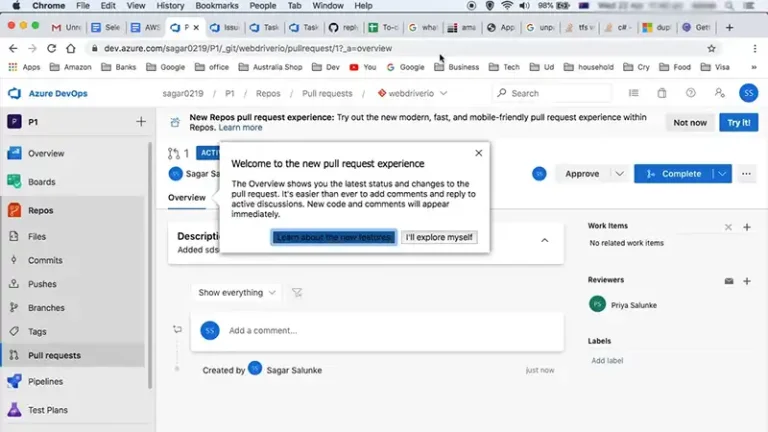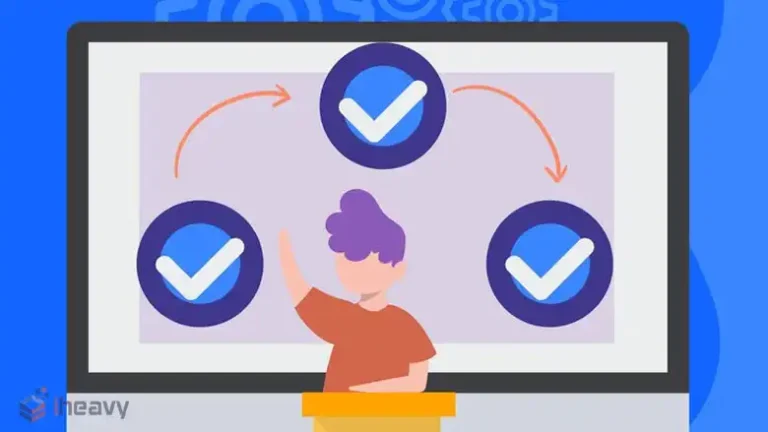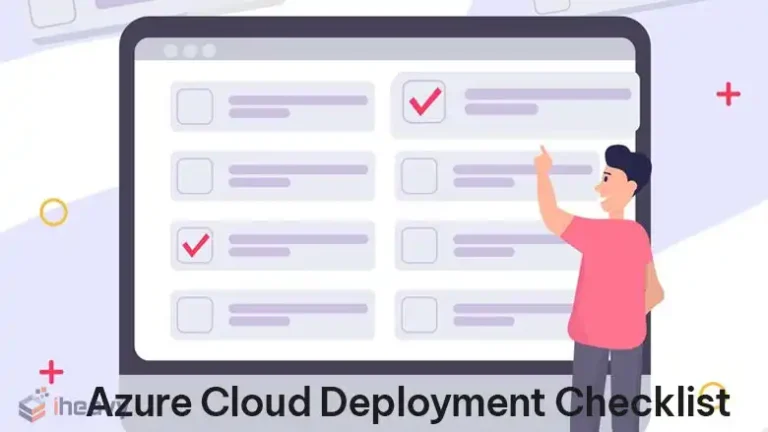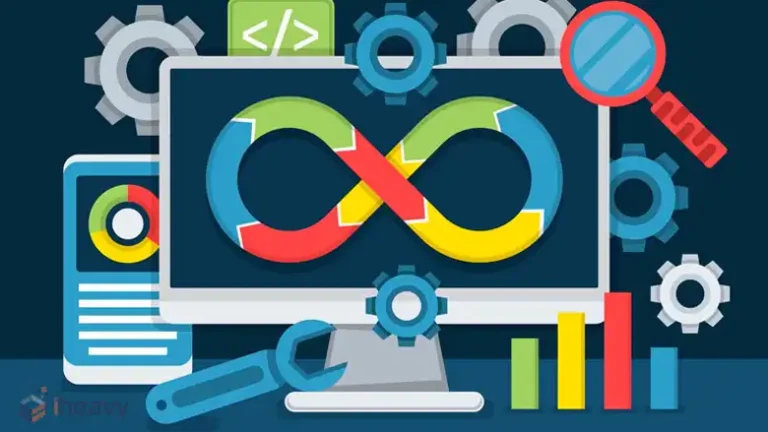DevOps Onboarding Checklist: A Guide to Seamless Integration
The onboarding of new DevOps team members is a pivotal step in ensuring productivity and cohesion. A well-structured onboarding process helps new hires quickly understand their roles, become familiar with tools and practices, and contribute effectively to the team’s success.
This guide outlines a DevOps onboarding checklist designed to integrate new team members seamlessly. So, why waste time? Let’s get right into it.
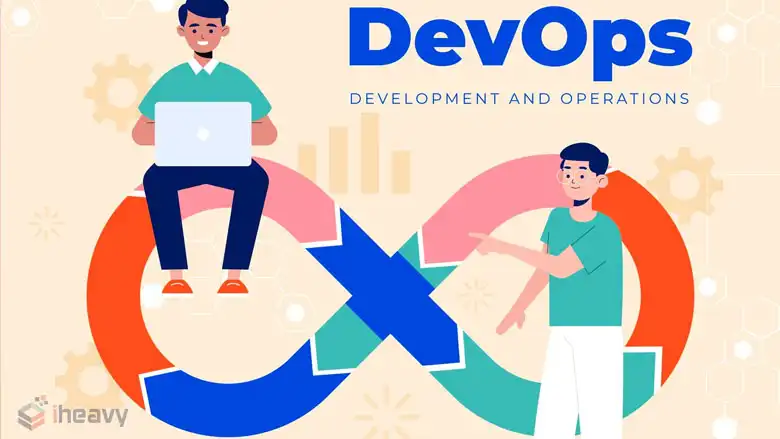
The DevOps Onboarding Checklist
The onboarding journey can be broken down into key phases, each focusing on different aspects of the new hire’s experience:
Below is a detailed checklist to ensure a comprehensive onboarding process for new DevOps team members, organized into five key phases: Pre-Onboarding, Day 1, Week 1, Month 1, and Ongoing Support.
1. Pre-Onboarding Preparations
Before the new hire’s first day, several preparations should be made to ensure they have a smooth start.
IT and Equipment Setup
- Hardware Provisioning: Set up laptops, desktops, and any other required devices.
- Access and Permissions: Create user accounts for internal systems, CI/CD tools, and other necessary platforms.
Documentation and Resources
- Welcome Packet: Include the employee handbook and an overview of DevOps processes.
- Technology Stack Guide: Provide a comprehensive guide on the tools and technologies used by the team.
Initial Meetings
- Team Introduction: Schedule a meeting with the team for introductions.
- Assign a Mentor: Assign an onboarding buddy or mentor for guidance and support.
2. Day 1: Welcome and Orientation
The first day sets the tone for the new hire’s experience. Focus on welcoming them and providing a comprehensive overview of the organization.
Company Orientation
- Cultural Overview: Introduce the company culture, values, and mission.
- Organizational Structure: Explain the company’s hierarchy and key contacts.
DevOps Team Introduction
- Roles and Responsibilities: Describe the roles within the team and current project objectives.
- Tool Access: Provide access to key DevOps tools such as Jenkins, Kubernetes, and Git.
Security and Compliance
- Training Sessions: Conduct security training and discuss compliance requirements.
3. Week 1: Getting Acquainted
During the first week, focus on familiarizing the new hire with the tools and processes they will use daily.
Tool Familiarization
- Hands-on Training: Provide training on CI/CD pipelines and monitoring tools.
- Interactive Demos: Arrange demonstrations for key tools like Docker and Ansible.
- Specify the methodologies used for software delivery.
| Framework | Used |
| Scrum | ☐ |
| Kanban | ☐ |
| Extreme Programming | ☐ |
| Other (Specify): _______ | ☐ |
Shadowing and Knowledge Transfer
- Observation: Allow new hires to shadow team members on active projects.
- Workshops: Host workshops to deepen understanding of past projects and case studies.
Feedback and Check-ins
- Regular Meetings: Schedule frequent check-ins with mentors to address any questions or challenges.
4. Month 1: Active Participation
By the end of the first month, new hires should start actively contributing to projects and collaborating with the team.
Initial Tasks
- Project Assignments: Assign small-scale projects to build confidence and skills.
- Peer Collaboration: Encourage participation in team meetings and discussions.
Continuous Learning
- Online Resources: Provide access to courses or certifications for further learning.
- Exploration of New Tools: Encourage exploration of emerging DevOps technologies.
| Category | Options | Owner | Completion Date |
| Source Repository | Git ☐ / SVN ☐ / CVS ☐ | ||
| Programming Languages | JavaScript ☐ / Python ☐ / Java ☐ / C/C++ ☐ / PHP ☐ / Swift ☐ / C# ☐ / Ruby ☐ / Objective-C ☐ / SQL ☐ | ||
| Development Platforms | Linux ☐ / Windows ☐ / Android ☐ / AWS ☐ / macOS ☐ / iOS ☐ / Raspberry Pi ☐ / Firebase ☐ / Azure ☐ / Heroku ☐ / Google Cloud ☐ / Serverless ☐ / Drupal ☐ / Amazon Echo ☐ / Salesforce ☐ / SAP ☐ / Apple Watch or TV ☐ / IBM Cloud or Watson ☐ / Google Home ☐ / Gaming Console ☐ / Mainframe ☐ | ||
| Types of Software Development | Web Development ☐ / Mobile Development ☐ / Data Science ☐ / Application Development ☐ / Back-end Development ☐ / API Development ☐ / Embedded Systems Development ☐ / Security Software Development ☐ |
Performance Review
- Feedback Sessions: Conduct feedback meetings with actionable insights.
- Goal Setting: Set clear objectives for the next quarter.
5. Ongoing Support and Development
Continuous support and development opportunities ensure that new hires remain engaged and grow within the organization.
Regular Check-ins
- Mentorship: Maintain monthly meetings with mentors or team leads for continuous feedback.
Career Development
- Growth Opportunities: Identify areas for growth and provide access to advanced training.
- Engagement in DevOps Communities: Encourage participation in DevOps forums and events.
Visualizing the Onboarding Process
A structured onboarding process benefits from visual aids that help new hires understand their journey and objectives. Below is a table summarizing the key phases and activities involved:
| Phase | Activities | Goals |
| Pre-Onboarding | Hardware setup, account creation, documentation | Prepare equipment, provide resources, schedule meetings |
| Day 1 | Company orientation, team introduction | Welcome the new hire, introduce company culture and tools |
| Week 1 | Tool training, shadowing, knowledge transfer | Familiarize with tools, understand team processes |
| Month 1 | Initial tasks, collaboration, continuous learning | Encourage active participation and skill development |
| Ongoing | Regular check-ins, career development | Ensure continuous growth and engagement |
Table 1: Summary of the DevOps onboarding phases.
Best Practices for Successful Onboarding
To ensure a successful onboarding process, consider the following best practices:
- Personalize the Experience: Tailor onboarding to meet the individual needs of new hires, considering their background and experience.
- Leverage Automation: Use automation tools to streamline repetitive tasks, such as account creation and permission management.
- Foster a Supportive Environment: Encourage open communication and provide ample support to help new hires integrate smoothly.
- Solicit Feedback: Continuously gather feedback from new hires to improve the onboarding process and address any gaps.
Frequently Asked Questions
Why is DevOps onboarding important?
DevOps onboarding ensures that new teams understand the organization’s DevOps practices, tools, and culture. It sets the stage for collaboration, efficiency, and continuous improvement.
How do I choose the right delivery methodology?
Consider your team’s work style, project complexity, and organizational goals. Scrum works well for iterative development, while Kanban suits continuous flow. Extreme Programming (XP) emphasizes collaboration and quality.
Conclusion
A well-executed DevOps onboarding process lays the groundwork for new team members to succeed and contribute to the organization’s goals. By integrating these practices into your onboarding process, you can ensure that your new DevOps team members are not only prepared but also motivated to excel in their roles.

